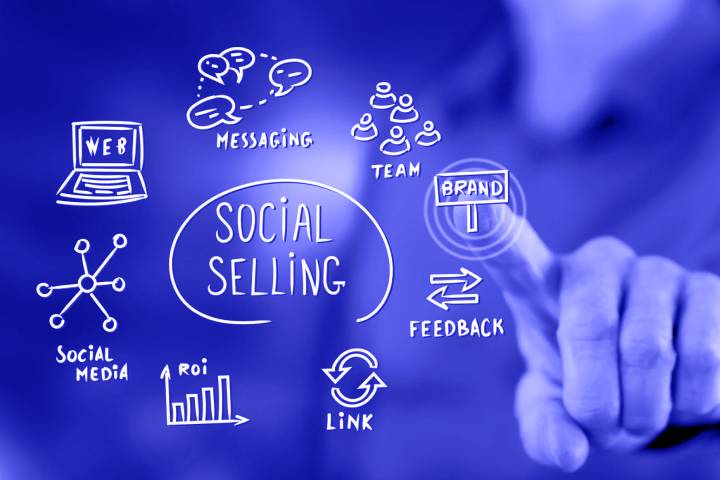Currently, more than 50% of medium-sized and large companies include aspects related to sustainability and environmental commitment in their communication strategy. An intangible that has gained relevance in corporate reputation and that, moreover, is demonstrating its real value with respect to benefits and influence on purchase decision criteria, whether in B2C or B2B businesses.
The environmental awareness that society reflects is already visible in the media and, for their part, consumers are demanding more sustainable brands or brands that pay more attention to corporate social responsibility. In fact, up to 53% of people avoid shopping in stores with a negative environmental impact and 58% say they now pay more attention to sustainability than before.
Following in the footsteps of the public and the news of the organizations that make it up, any communication agency reorients its strategy and works to gain specialization in this field to respond to the requirements of companies. Thus, they prepare strategies, stories and concrete actions that support the environmental commitment of their clients or position them as benchmarks in this field.
Since corporations are the main drivers of change, it can be said that the environmental transformation they carry out is comparable to innovation in the digital environment. This means that, like any plan, if a business wants to bet on decarbonisation, energy efficiency, waste reduction or the circular economy, a detailed plan must be carried out. Only in this way will it be possible to analyse the initial capacities, establish effective concrete policies and mark the commitments and the necessary investment. Above all because, in sustainability, offering data is not enough, but it is necessary to be transparent and credible. Therefore, any information given must be true and easily verifiable. In fact, for 3 out of 4 consumers,
In short, including the sustainability axis in communication plans is a step that must be considered, since it requires the establishment of a credible story in which to develop the CSR credentials of a brand in the face of its stakeholders. Once this is done, a roadmap must be drawn up in which the communication levers are clearly established and the messages, formats and channels are adapted to each interest group. Finally, the appropriate KPIs must be marked to measure progress.
From this initiative, the companies that commit to their own measures and have the ability to count them appropriately will be the ones that achieve important benefits, both in economic terms and in terms of corporate image. In addition, they will be contributing to the emergency of reversing the worrying climate situation. On the contrary, those who dedicate resources to telling what they would like to be, but who really are not and are not working to be, will be exposed in the medium term to serious reputation, credibility and image problems.
In the same way, it is convenient to internalize that, more and more frequently, the corporate reputation of brands is based on intangible variables – such as respect for the environment -, but the false belief of thinking that the client or the consumer does not it really discriminates against committed organizations from those that have a hollow message, “for fashion”, without any real background.
That is why, like any public relations agency, we must promote our clients’ sustainability plans through communication, avoiding clichés and establishing a realistic, unique message aligned with what the audience of each company needs to hear. That is to say, to promote a real green discourse, beyond the currents of opinion that the moment dictates.
Also Read: Why Is Online Reputation Management Important? Must Know!



